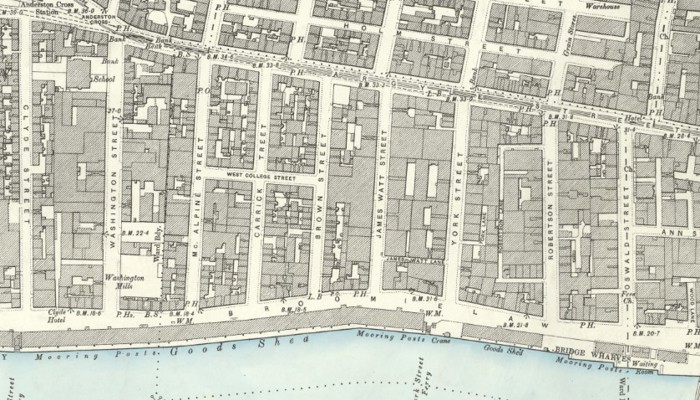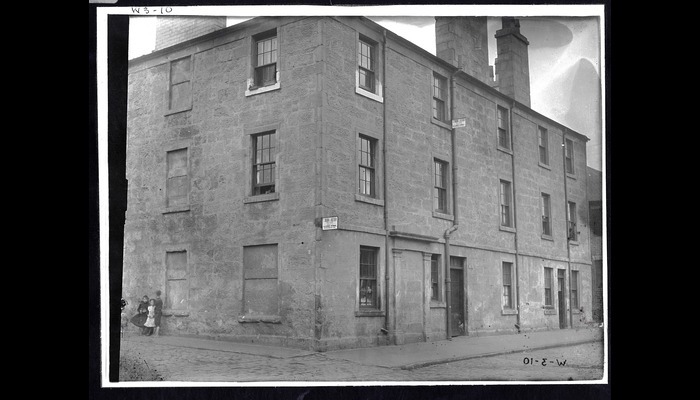
William Simpson Digitised
A new digitisation, research and conservation project has made available to the public 248 works on paper by Scottish artist, war artist and war correspondent William Simpson (1823 - 1899).
The watercolours are part of a larger collection of items, including manuscripts, scrapbooks containing sketches, photographs and notes, and published books acquired by the Mitchell Library, Glasgow between 1912 & 1920.
New research gives context to the art works, and will enhance our understanding of this rich collection.
William Simpson in Glasgow



William Simpson’s reputation as an artist with humble beginnings in Carrick Street, Glasgow is well known, as is his position as a Glasgow celebrity, famous for his depictions of the Crimean War, leading to him gaining the nickname “Crimean Simpson”. His early sketches of Glasgow were reworked and reproduced in Glasgow in the 'Forties in 1899.
Newly digitised works
Click on each image for more information
Less well documented is his career after this, during which he travelled to India, Ethiopia / Abyssinia, France, China, Afghanistan & Russia, and many of the sketches he made were reproduced in the Illustrated London News and beautifully printed books. His adventures were legendary, and included attending the weddings of kings and emperors, documenting the archaeology of Ancient Greece, and being arrested as a spy.
Newly digitised works
Click on each image for more information
William Simpson’s job was to depict scenes of war and conflict for consumption by readers of the Illustrated London News, as well as to record descriptions and images of people, places and culture.
His passion for learning about these cultures shine through his work but must be viewed through the lens of colonialism and orientalism. The illustrations of “picturesque people” in far away countries may be seen in the context of war against, and colonisation of their countries.
He made lifelong connections with leaders of the institutions involved in this project: generals, ambassadors and queens, as well as the everyday people he met.
Maria Eliza Simpson (nee Burt)
Click on each image for more information
The collections also includes work by Simpson's wife, Maria Eliza Simpson (nee Burt) (1841 - 1931), an accomplished artist who exhibited her miniature portraits in the Royal Academy of Arts between 1872 & 1883.
These items are frequently handled by researchers and librarians in preparation of material for visits, particularly since the creation of a webpage to raise awareness of the collection. The digital gallery will open the collection to audiences all over the world, and conservation will protect the artworks for future generations.
The project was a collaboration between librarians, photographers, conservators, collections staff and curators in Glasgow Life. We will be publishing new research on the collection here.








